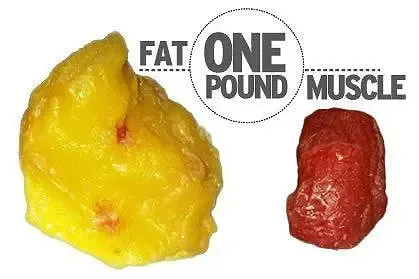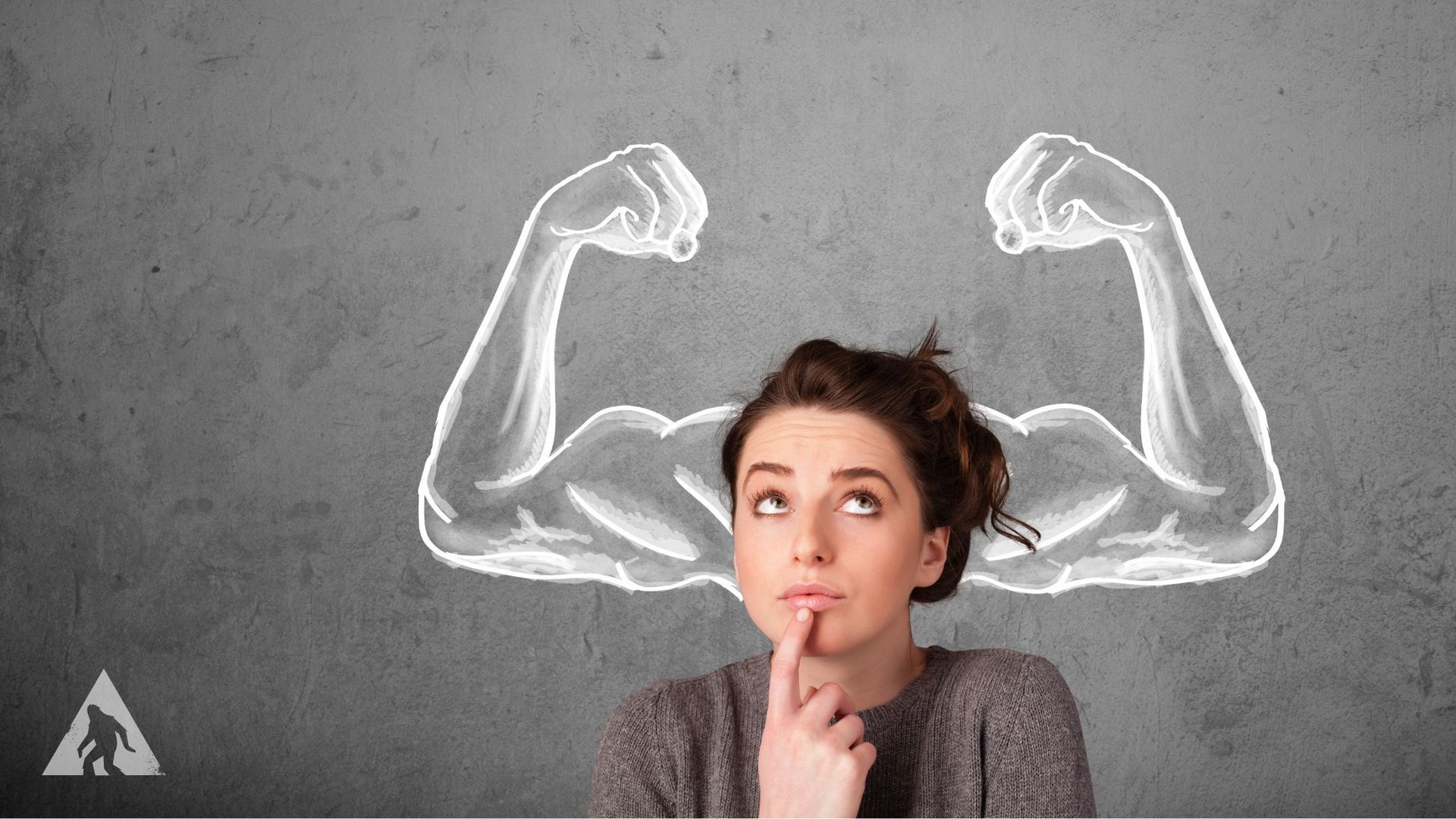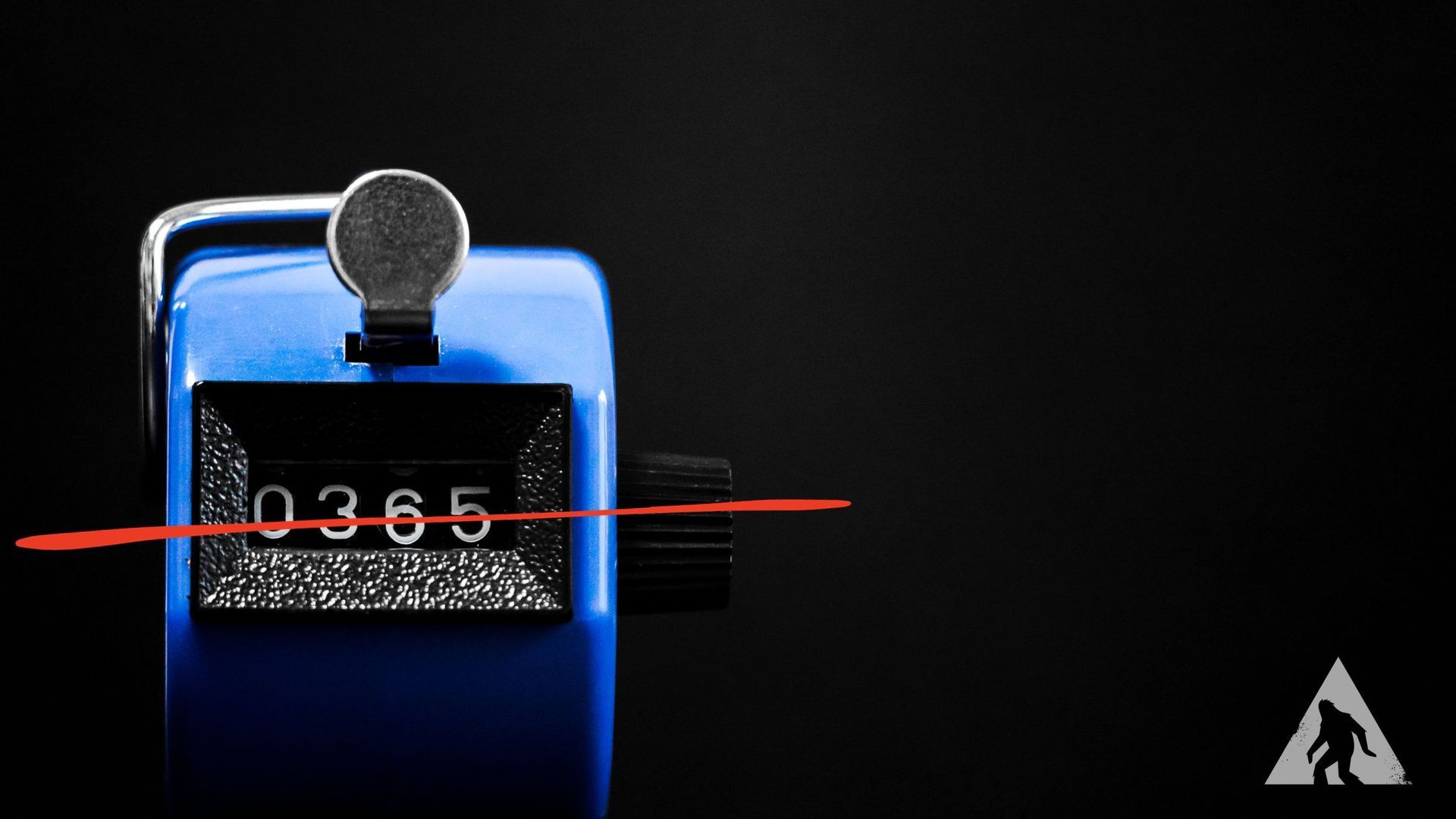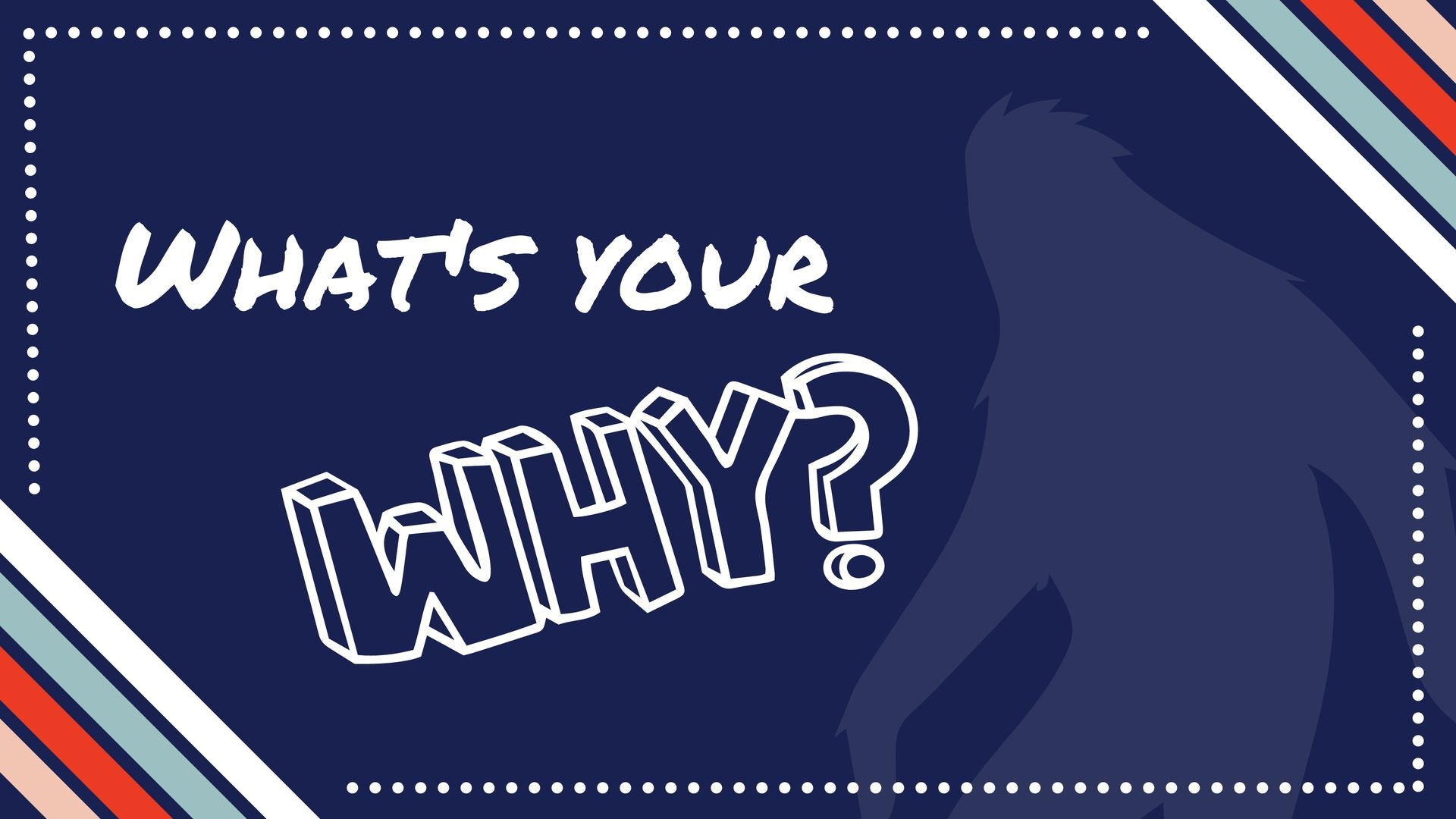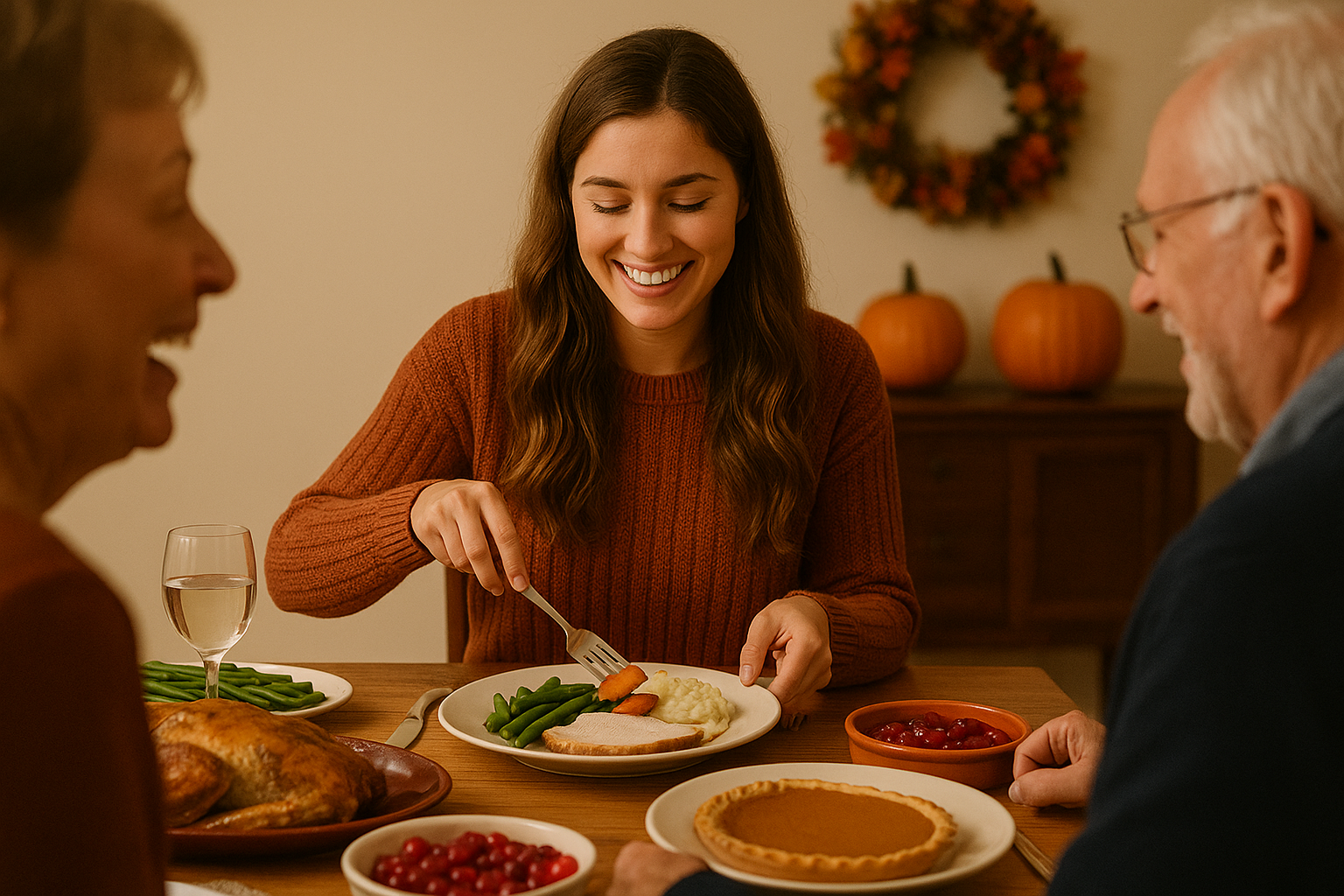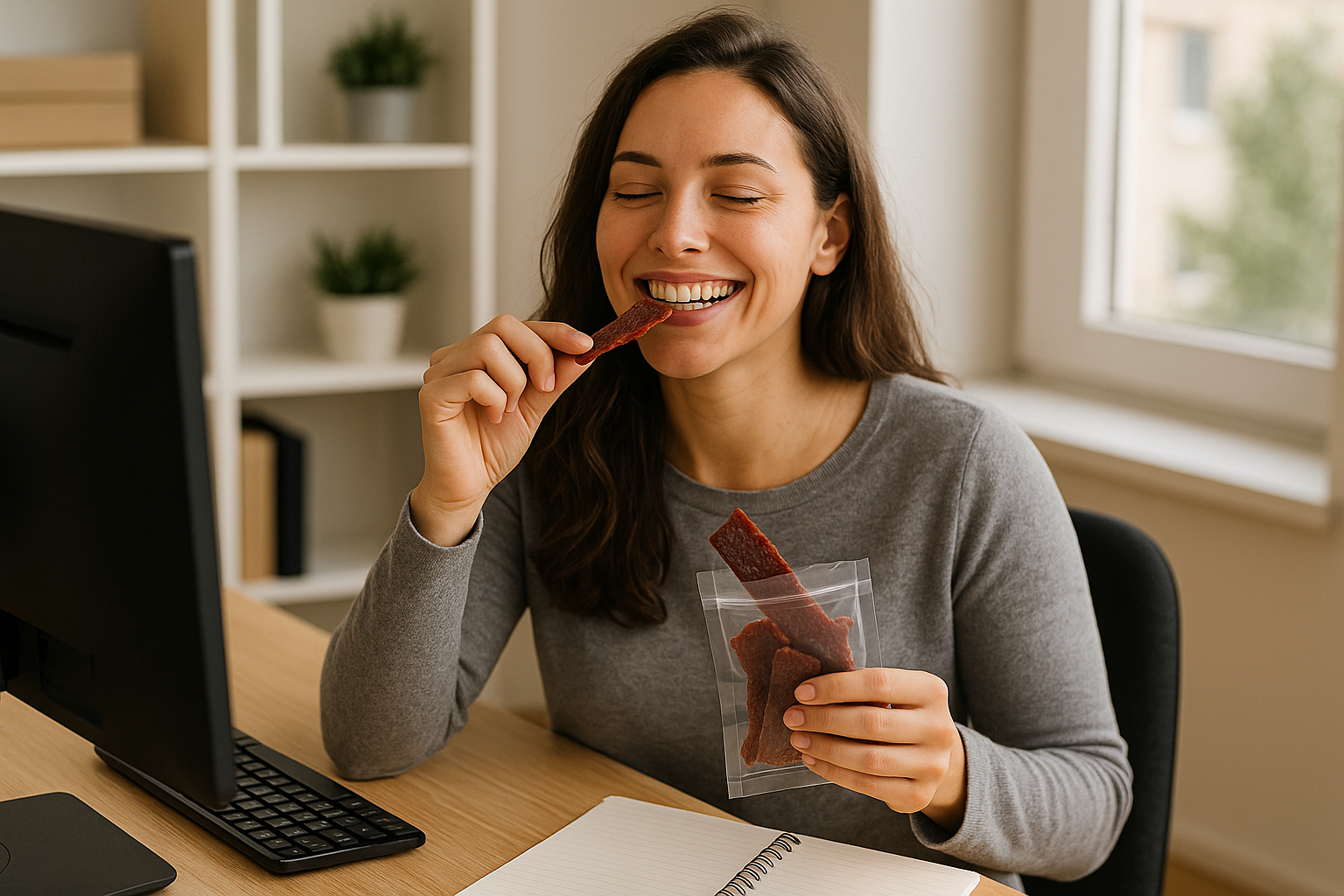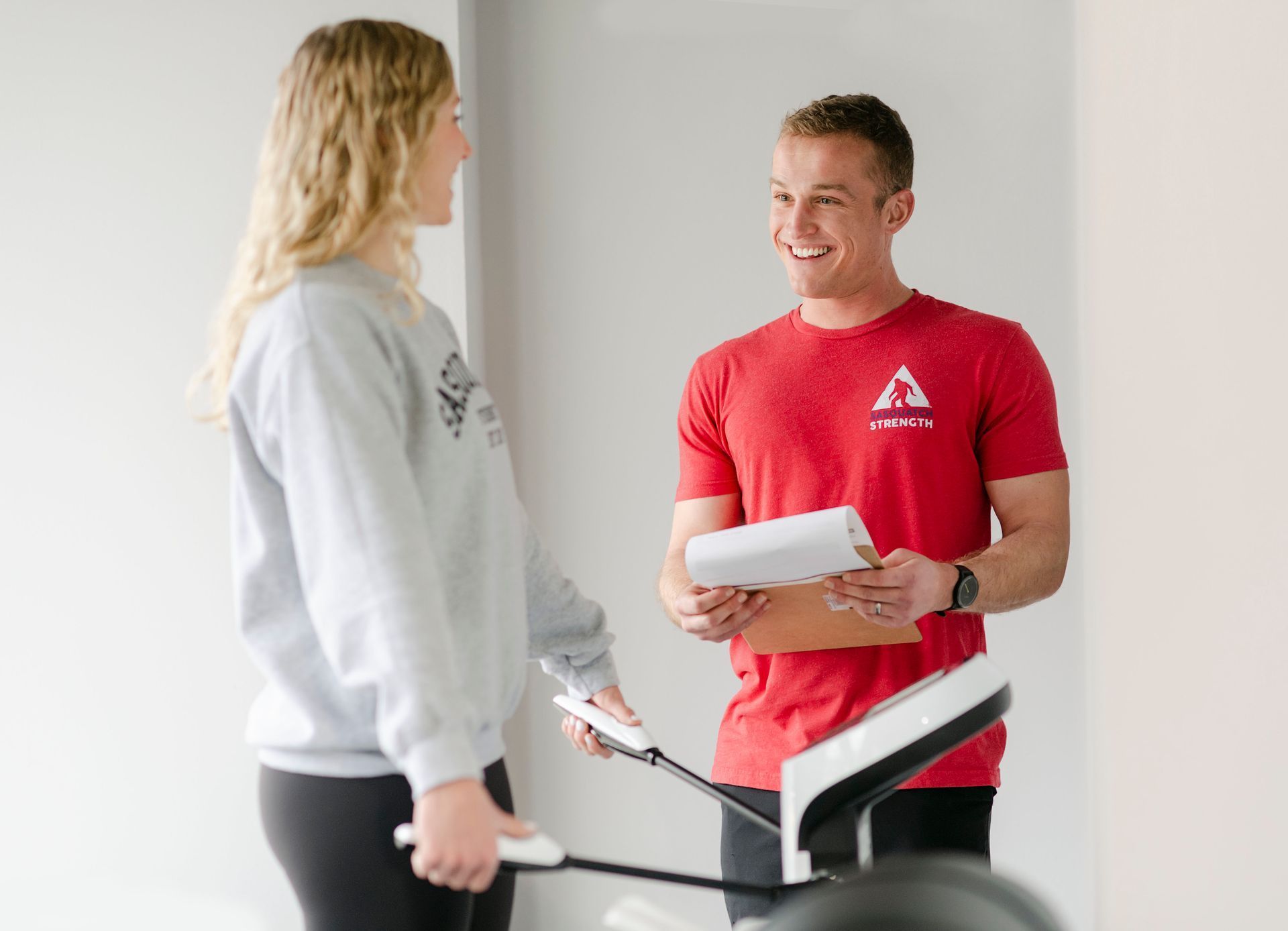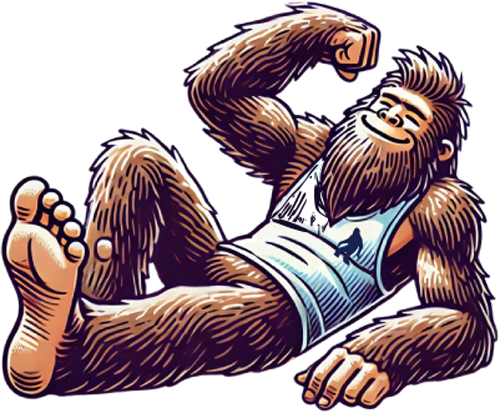
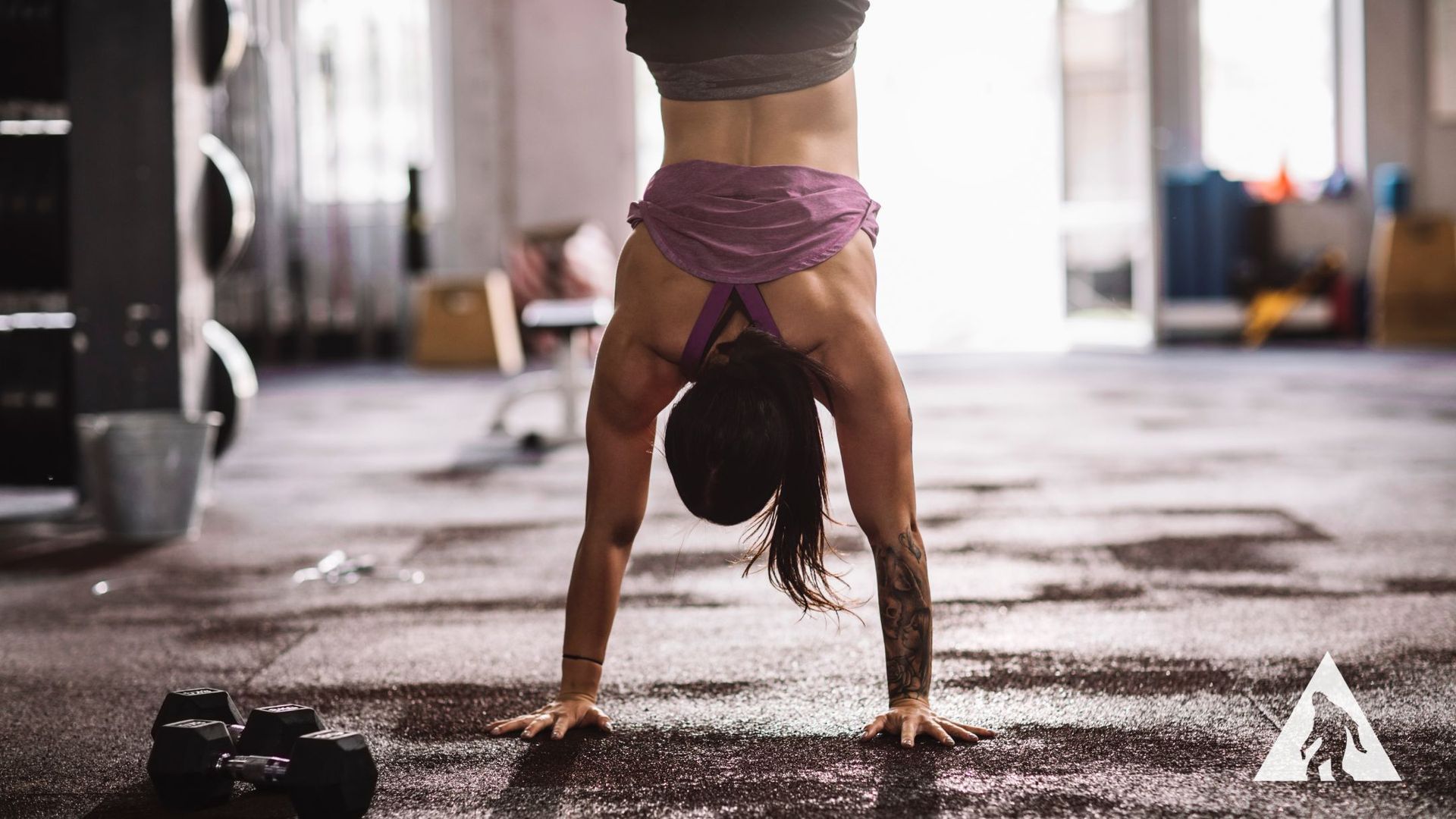
Even if you don’t care if you ever do one!
As an adult, being able to do a handstand may seem like nothing more than a cool party trick. However, working on the skill and strength to do a handstand has many benefits. Here are six reasons you should work on the skills and strength required to do a handstand – even if you don’t care if you ever do one!
1. Upper Body Strength:
Practicing handstands will place significant load on your arms, shoulders, chest, and upper back muscles. Holding your body weight in an inverted position requires a lot of strength in all these areas, so working on handstand skills will build strength in all those muscles.
2. Core Strength:
Handstands require engagement of every muscle from fingertips to toes, but especially require intense engagement of your core muscles. Working towards a handstand will build strength for a strong and stable core. If you’re reading this, it’s safe to assume you’re interested in increasing your overall strength and fitness as well as why that’s important outside of the gym. A solid core is good for so much more than visible abs. Core muscles, generally considered everything between your hips and shoulders, are key players in, well, just about everything you do in life. A strong core can improve your posture and reduce the risk of back injury and pain.
3. Body Perception (proprioception):
Training a handstand will train your proprioception, which is your sense of where your body is and what it’s doing. The subtle adjustments your body will learn how to do will increase your body-awareness help you be more coordinated. Being more aware of how your body moves through space helps prevent things like trips and falls and makes it easier to learn other new skills.
4. Balance:
Handstands challenge your vestibular system, which is responsible for balance and spatial orientation. Training for handstands will strengthen that system by making it learn how keep you balanced while upside down. Improving balance can reduce the risk of falls, particularly in older adults. Falls are a common cause of injuries and fractures, and balance training helps enhance stability, reducing the likelihood of accidents. The earlier in your life you start training good balance, the more likely you are to retain it as you get older.
5. Muscular Control:
Achieving and maintaining a handstand requires precise control of your muscles. Training towards being able to do a handstand will teach you to engage and relax various muscle groups to stay upright. Muscle control is an important part of coordination and balance. The better your conscious muscle control is, the better your unconscious muscle control is.
6. It’s Good for Your Brain:
Building muscle strength is important, but strengthening your brain is also very important. Learning new skills is like giving your brain a special workout. It helps your brain become better at remembering things, solving problems, and learning new stuff. Learning to be upside down – including all the progressions to learn to be upside – make your brain do some heavy lifting in terms of learning. You have to develop all sorts of pathways in your brain to learn the balance and muscle control needed to hold yourself upside down.
There you have it. Six reasons working on progressions for handstands will help you get stronger, live longer, and be healthier doing it! Even if you never even do a full handstand. And you never know, you might surprise yourself and end up doing that handstand you didn’t think you’d ever be capable of after all. Crazy things can happen when work on build up strength and confidence.
